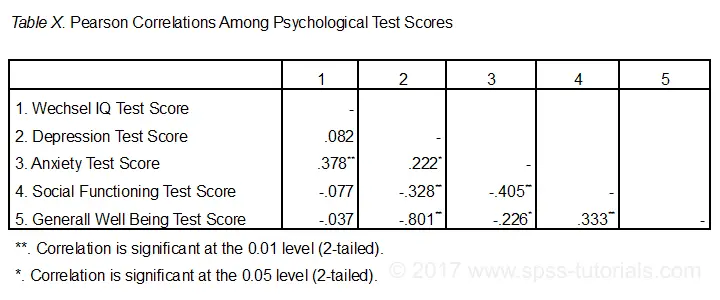

However, the simple heuristic solution based on tetrachorics is still an acceptable procedure for evaluating the dimensionality and structure of a set of binary items (Knol & Berger, 1991 Parry & McArdle, 1991). At present, there are more sophisticated procedures for fitting the two-parameter model (e.g., Bock & Aitkin, 1981 Fraser & McDonald, 1988 Muthén, 1993). In fact, the common FA of the tetrachoric correlation matrix is a simple approach-known as the heuristic solution (Bock & Lieberman, 1970)-for fitting the nonlinear two-parameter normal ogive model. If their underlying assumptions are reasonable, the use of tetrachoric corrrelations as input for FA can substantially alleviate the problem: The factor loadings will be more correct and less biased, and the dimensionality of the data will be more accurately assessed (Knol & Berger, 1991 Parry & McArdle, 1991). These additional factors have traditionally been known as difficulty factors, although it would be more correct to refer to them as skew factors or factors of curvilinearity (Greer, Dunlap, & Beatty, 2003 McDonald & Ahlawat, 1974). As Olsson ( 1979) pointed out, when variables with widely different splits (some of which are possibly nonlinearly related to the factors) are factor analyzed, two problems can occur: First, the loading estimates can be downwardly biased (attenuated), and second, additional factors with no conceptual interpretation may be needed to obtain an acceptable degree of model–data fit. If this occurs, the product–moment correlation (termed the phi coefficient) is inappropriate, partly because it cannot attain its maximum unit value unless both variables have the same split.

If the variables are dichotomous, however, assumption (1) is indeed false and assumption (2) may not be fulfilled, especially if the variables have different splits and are skewed in opposite directions.

If so, their associations are fully summarized by a covariance or a product–moment correlation matrix. The theory of FA has been developed by assuming that (1) the observed variables have continuous, multivariate normal distributions and (2) their relations are linear. Table 4: Kaiser-Meyer-Olkin (KMO) and Bartlett’s Test of Sphericity.Possibly, most of the discussion on the uses and properties of the tetrachoric correlation has been within the framework of FA. Therefore, this can be tested to see whether the measure in fact measures what the researchers intended. The KMO test in Table 4 displays the KMO statistic to the right of “Kaiser Meyer-Olkin Measure of Sampling Adequacy.” As the value is above 0.8, the sample all is a whole is adequate for Factor Analysis. S5Q4f: How would you feel if another relative was gay/lesbian? S5Q4e: How would you feel if your brother or sister was gay/lesbian? S5Q4d: How would you feel if your close friend was gay/lesbian? S5Q4c: How would you feel if your boss in a new job was gay/lesbian? S5Q4b: How would you feel if your MP was gay/lesbian? S5Q4a: How would you feel if a work colleague was gay/lesbian? Table 3: Kaiser-Meyer-Olkin (KMO) Value for Each Item. 9, indicating that all variables are highly adequate for Factor Analysis. Each individual’s variable has a KMO value above. Table 3 provides a table with the listed KMO values for the six items. To run a KMO test in SPSS, select from the menu: This must be taken into when conducting further tests. Table 2 shows that the majority of respondents felt “very or fairly comfortable.” This highlights the nature of the skew when analysing the variables through MoCT. How would you feel if a work colleague was gay/lesbian? As the items are all skewed and consist of a 1–5 Likert scale, we must take this into account when considering any significant findings when looking for association between attitudes to homosexuality and other variables.Īs the items all contain a 1–5 Likert scale, a frequency table can help show where the majority of the responses lie. Table 1: Measures of Central Tendency (MoCT) for All Six Items.Īll six items contain a slight positive skew with the majority of responses being towards the lower end of the scale, and a wider range of responses towards the higher end of the scale. Table 1 below lists the MoCT for all six items. Figure 1: Selecting Measures of Central Tendency (MoCT).


 0 kommentar(er)
0 kommentar(er)
